Making henna tattoos is a fun and creative way to adorn your skin temporarily, and tattooat.com is here to guide you through the process. This comprehensive guide will cover everything from selecting the right ingredients to mastering application techniques, ensuring you create stunning henna designs that express your unique style. We’ll explore the art of henna application and delve into how to achieve the best results in your henna body art endeavors.
1. What Exactly Are Henna Tattoos and How Do They Work?
Henna tattoos are temporary skin decorations made using a paste derived from the Lawsonia inermis plant. The dye in henna, lawsone, binds to the protein in skin, creating a stain that lasts from one to three weeks. This ancient art form allows for beautiful temporary body art, differentiating itself from permanent tattoos which embed ink into the dermis.
- Historical Significance: Henna has been used for centuries in various cultures for celebrations, rituals, and adornment.
- Dye Release: The lawsone molecule is the key to henna’s staining ability. Acidic environments, like lemon juice, help to release this dye.
- Skin Interaction: The henna paste needs to be in contact with the skin long enough (typically 2-6 hours) for the dye to properly bind.
2. What Ingredients Are Needed to Make Henna Tattoo Paste?
Creating your own henna tattoo paste involves a few key ingredients to achieve the desired consistency, color, and longevity.
| Ingredient | Purpose | Notes |
|---|---|---|
| Henna Powder | Provides the dye | Use body art quality henna powder for best results. Avoid hair henna. |
| Lemon Juice | Helps release the dye from the henna powder | Freshly squeezed is preferred. |
| Sugar | Keeps the paste moist and helps it adhere to the skin | Any fine sugar will work. |
| Essential Oils | Enhances the dye release and adds fragrance | Lavender, tea tree, or cajeput oils are commonly used. |
| Distilled Water (Optional) | Adjusts consistency | Add sparingly if the paste is too thick. |
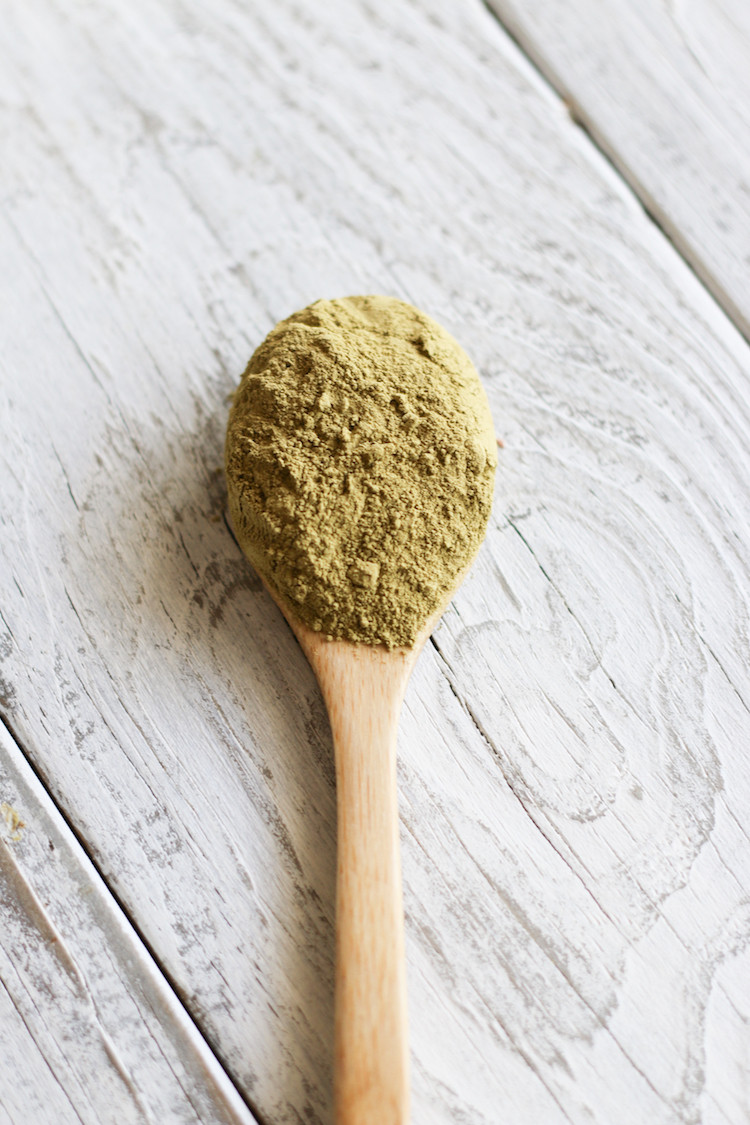 Fresh Henna Powder For Body Art Tattoos
Fresh Henna Powder For Body Art Tattoos
Fresh henna powder is key for vibrant and long-lasting henna tattoos. Ensure the powder is body art quality for safe and effective results.
3. How Do You Choose the Right Henna Powder?
Choosing the right henna powder is crucial for achieving a rich, dark stain and avoiding skin irritation. Always opt for body art quality henna.
- Body Art Quality: This type of henna powder is finely sifted to ensure a smooth paste.
- Freshness: Fresh henna powder yields the best results. Check for a recent milling date if possible.
- Source: Reputable suppliers guarantee the purity and quality of their henna powder. Henna Guys is one well-regarded source.
4. What Essential Oils Are Best for Henna Tattoos?
Essential oils play a vital role in henna paste, enhancing the dye release and contributing to a deeper, longer-lasting stain.
- Monoterpene Alcohols: Essential oils high in monoterpene alcohols are most effective, as these compounds aid in dye release.
- Popular Choices:
- Lavender: Known for its soothing properties and pleasant aroma.
- Tea Tree: Offers antiseptic benefits and promotes a dark stain.
- Cajeput: Highly effective for dye release and has a strong, medicinal scent.
- Purity: Ensure that the essential oils are 100% pure and therapeutic grade.
5. How Can You Make Henna Tattoo Paste at Home?
Creating your own henna paste at home is a rewarding experience. Here’s a step-by-step guide:
- Mix Henna Powder and Lemon Juice: In a glass bowl, mix 1/4 cup of henna powder with enough lemon juice to form a thick paste (about 1/4 cup).
- Add Sugar and Essential Oil: Stir in 1 teaspoon of sugar and 1 teaspoon of your chosen essential oil.
- Adjust Consistency: Add more lemon juice, a little at a time, until the paste reaches a yogurt-like consistency.
- Dye Release: Cover the bowl with plastic wrap, pressing it onto the surface of the paste to prevent air contact. Let it sit in a warm place for 12-24 hours until dye release occurs.
- Test for Dye Release: Gently push the paste to one side and check for a dark orange stain. If the paste leaves a strong stain within a minute, it’s ready.
- Strain the Paste: Strain the paste through a nylon stocking or fine sieve to remove any lumps.
- Transfer to Applicator: Transfer the paste to a cone or applicator bottle.
 Henna Paste Ready for Application
Henna Paste Ready for Application
A smooth henna paste, free of lumps, is essential for creating intricate and beautiful designs. Straining the paste ensures a consistent flow and prevents clogging of the applicator.
6. What Tools Are Needed for Applying Henna Tattoos?
Having the right tools makes the henna application process smoother and more precise.
- Applicator:
- Henna Cones: Pre-rolled cones are convenient and provide good control.
- Applicator Bottles: Useful for intricate designs and consistent lines.
- Stencils:
- Pre-cut Stencils: Available in various designs, perfect for beginners.
- DIY Stencils: Create your own designs on stencil paper.
- Other Essentials:
- Cotton Swabs: For correcting mistakes.
- Lemon-Sugar Sealant: To keep the henna moist and in contact with the skin.
- Medical Tape: To secure stencils.
7. How Do You Prepare Your Skin for Henna Application?
Proper skin preparation ensures the best henna stain.
- Clean Skin: Wash the area with soap and water to remove oils and lotions.
- Exfoliate: Gently exfoliate the skin to remove dead cells.
- Avoid Lotions: Do not apply any lotions or oils before henna application.
- Shave (Optional): Shaving the area can help the henna paste adhere better.
8. What Are the Best Techniques for Applying Henna?
Mastering henna application techniques will help you create stunning designs.
- Freehand: Practice drawing simple shapes and lines before attempting intricate designs.
- Stencils:
- Apply the stencil to the skin.
- Fill the stencil with henna paste.
- Remove the stencil carefully.
- Consistency: Apply even pressure to maintain a consistent line thickness.
- Mistakes: Correct any mistakes immediately with a cotton swab.
9. How Long Should Henna Paste Stay on the Skin?
Leaving the henna paste on for an adequate amount of time is essential for a dark, long-lasting stain.
- Optimal Time: The henna paste should stay on the skin for at least 2-6 hours.
- Extended Time: For the darkest stain, leave the paste on overnight (6-12 hours).
- Keeping it Moist: Apply a lemon-sugar sealant to keep the paste moist and in contact with the skin.
10. How Do You Remove Henna Paste and Care for the Stain?
Proper removal and aftercare are crucial for maximizing the henna stain.
- Gentle Removal: Scrape off the dried henna paste gently. Avoid washing it off with water.
- Oil Application: Apply a natural oil, such as olive or coconut oil, to the stained area.
- Avoid Water: Avoid washing the area with soap and water for at least 12-24 hours.
- Moisturize: Keep the skin moisturized to prolong the stain.
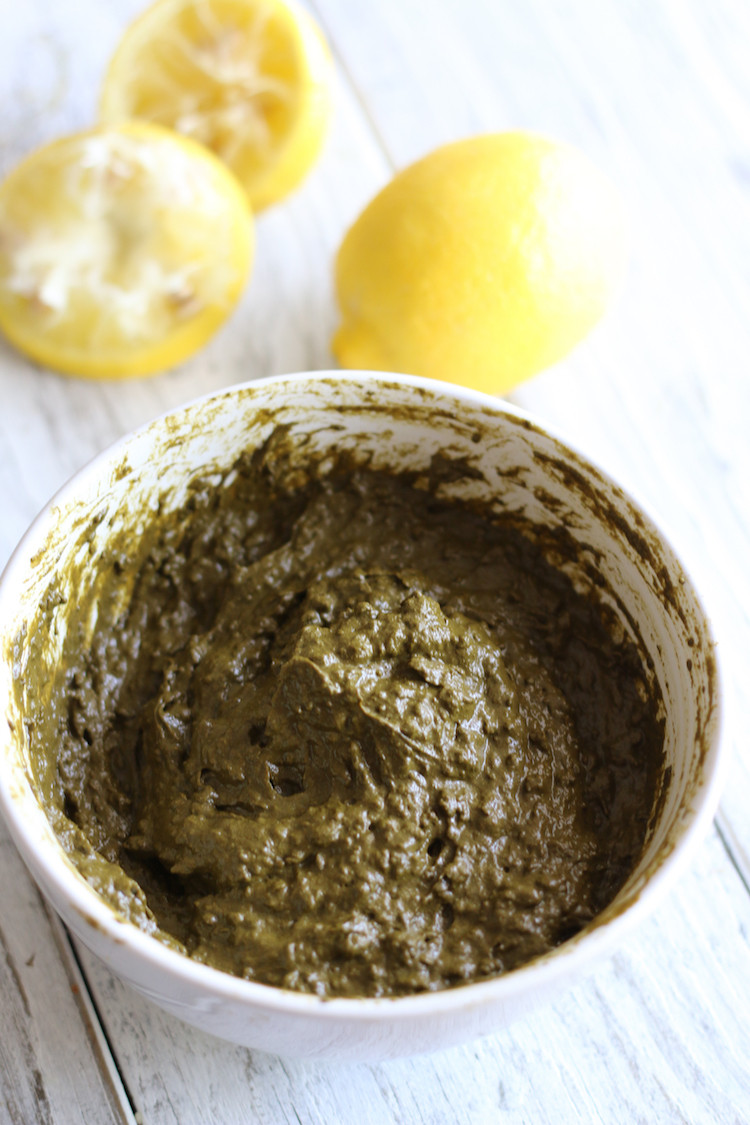 Henna Tattoo After Removal of Paste
Henna Tattoo After Removal of Paste
After removing the henna paste, moisturize the skin with natural oil to enhance the stain’s darkness and longevity. Proper aftercare is essential for a vibrant and lasting design.
11. What Are Some Common Henna Tattoo Designs and Their Meanings?
Henna designs often carry cultural and symbolic meanings.
- Floral Patterns: Represent joy and happiness.
- Peacock: Symbolizes beauty and grace.
- Paisley: Represents fertility and good luck.
- Geometric Shapes: Often used for protection and spiritual significance.
12. How Can You Darken a Henna Tattoo Stain?
Achieving a dark henna stain involves several factors.
- Quality of Henna: Use fresh, body art quality henna powder.
- Essential Oils: Use essential oils rich in monoterpene alcohols.
- Acidic Liquid: Use lemon juice to release the dye.
- Prolonged Contact: Leave the paste on for an extended period.
- Aftercare: Protect the stain from water and moisturize with natural oils.
13. What Are the Risks Associated with Henna Tattoos?
While natural henna is generally safe, there are potential risks to be aware of.
- Black Henna: Avoid “black henna,” which contains a chemical dye called paraphenylenediamine (PPD). PPD can cause severe allergic reactions, blistering, and permanent scarring.
- Allergic Reactions: Some individuals may be allergic to natural henna or essential oils.
- Skin Sensitivity: Test a small area of skin before applying henna extensively.
14. How Can You Store Leftover Henna Paste?
Proper storage ensures your henna paste remains usable.
- Freezing: Store leftover henna paste in the freezer for up to 3-6 months.
- Airtight Container: Use an airtight container or cone to prevent freezer burn.
- Thawing: Thaw the paste at room temperature before use. Do not microwave.
15. What Are Some Tips for Practicing Henna Designs?
Practice makes perfect when it comes to henna art.
- Practice Skin: Use practice skin or paper to hone your skills.
- Simple Designs: Start with simple designs and gradually increase complexity.
- Online Tutorials: Watch online tutorials for inspiration and guidance.
- Experiment: Experiment with different techniques and designs.
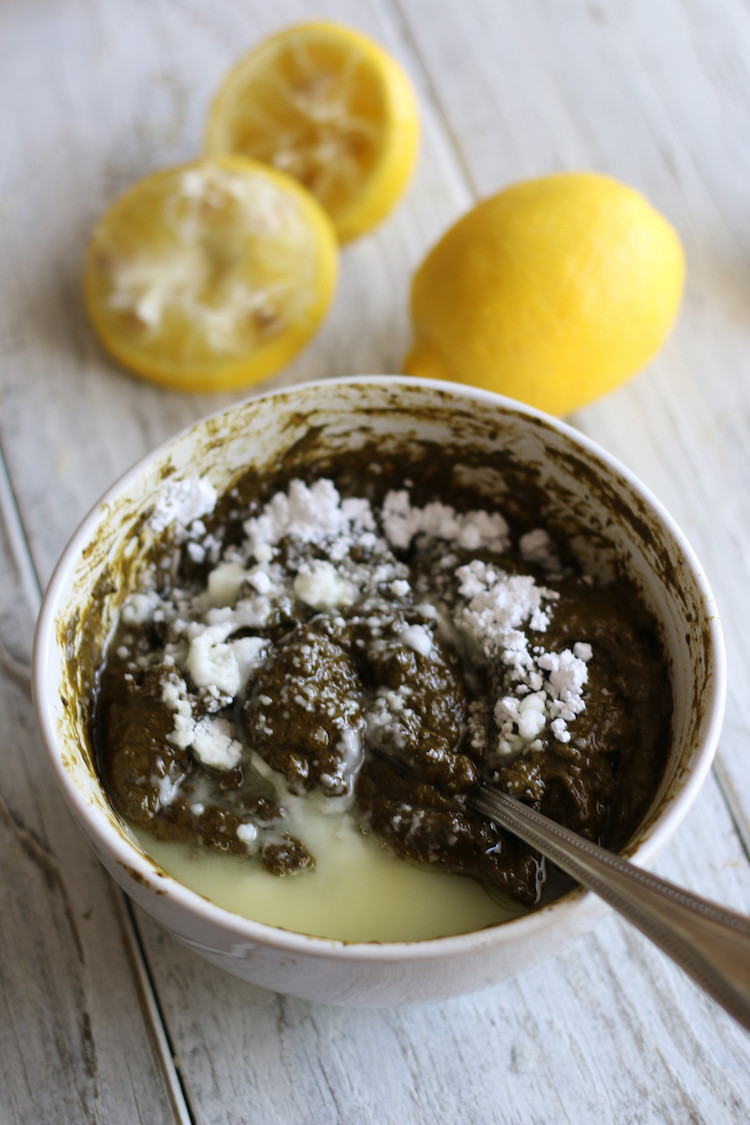 Henna Design Ideas for Practice
Henna Design Ideas for Practice
Experiment with different designs and techniques on practice skin to refine your henna skills. Online tutorials and design inspiration can help you develop your unique style.
16. What Is the Difference Between Natural Henna and Black Henna?
Understanding the difference between natural henna and black henna is crucial for your safety.
| Feature | Natural Henna | Black Henna |
|---|---|---|
| Color | Produces a reddish-brown stain. | Produces a black stain. |
| Ingredient | Made from the Lawsonia inermis plant. | Contains paraphenylenediamine (PPD), a chemical dye. |
| Safety | Generally safe, although allergic reactions are possible. | Highly dangerous, causing severe allergic reactions, blistering, and permanent scarring. |
| Stain Duration | Lasts 1-3 weeks. | Can last longer due to the chemical dye. |
17. How Can You Tell if Henna Is Natural or Black?
Identifying natural henna from black henna is essential to protect your skin.
- Color: Natural henna always stains a shade of brown, ranging from light orange-brown to dark reddish-brown. Black henna stains black immediately.
- Smell: Natural henna has an earthy, pleasant smell. Black henna may have a chemical odor.
- Application Time: Natural henna requires several hours to stain the skin. Black henna stains very quickly, often within 30-60 minutes.
18. What Are Some Alternatives to Henna Tattoos?
If you’re looking for alternatives to henna, there are several options available.
- Jagua: A natural dye derived from a fruit, producing a bluish-black stain.
- Temporary Tattoo Markers: Allow you to draw designs directly on the skin.
- Airbrush Tattoos: Applied using an airbrush and stencil.
19. How Has Henna Been Used in Different Cultures?
Henna holds deep cultural significance in various parts of the world.
- India: Used extensively for weddings and festivals.
- Middle East: An integral part of celebrations and rituals.
- Africa: Used for body adornment and medicinal purposes.
20. What Are the Latest Trends in Henna Tattoo Art?
Henna art continues to evolve with contemporary trends.
- White Henna: Created using adhesive body paint to mimic the look of henna.
- Metallic Henna: Uses metallic powders for a glamorous effect.
- Geometric Designs: Intricate geometric patterns are increasingly popular.
- Floral Mandalas: Combining floral elements with mandala patterns.
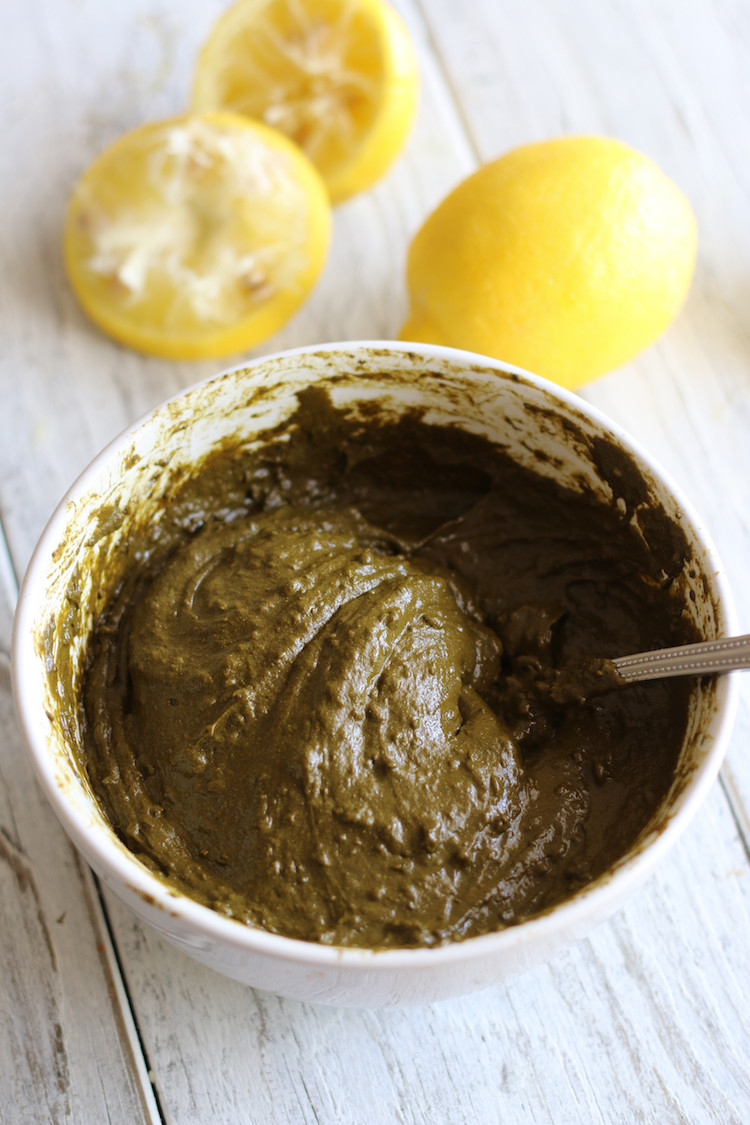 Latest Henna Tattoo Design Trends
Latest Henna Tattoo Design Trends
Stay up-to-date with the latest trends in henna art, such as metallic accents and intricate geometric patterns, to create modern and eye-catching designs.
21. How Do Cultural Traditions Influence Henna Tattoo Designs?
Cultural traditions profoundly influence henna tattoo designs, making each piece a reflection of heritage and symbolism. According to research from Portland State University’s Art Department, in July 2025, traditional Indian bridal henna incorporates intricate patterns representing blessings, prosperity, and love, while Middle Eastern designs often feature floral motifs symbolizing joy and celebration.
22. How Do You Troubleshoot Common Henna Tattoo Problems?
Even the most experienced henna artists face occasional challenges.
- Faded Stain: Ensure you are using fresh, high-quality henna powder and essential oils.
- Uneven Application: Practice applying even pressure and maintaining a consistent line thickness.
- Allergic Reaction: Discontinue use immediately and seek medical attention if you experience any signs of an allergic reaction.
- Paste Not Staining: Ensure the henna paste is fresh and has undergone proper dye release.
23. What Are the Best Resources for Learning More About Henna Tattoos?
To deepen your knowledge and skills in henna artistry, several resources are available.
- Online Courses: Platforms like Skillshare and Udemy offer comprehensive henna courses.
- Books: “The Art of Henna Body Painting” by Carine Fabius and “Henna for the Gourd” by Catherine Cartwright-Jones are excellent resources.
- Workshops: Local art centers and henna artists often conduct workshops.
24. How Do You Create a Henna Tattoo Business?
Turning your passion for henna into a business requires careful planning.
- Training and Certification: Obtain professional training and certification.
- Business Plan: Develop a detailed business plan outlining your services, pricing, and marketing strategies.
- Portfolio: Build a portfolio showcasing your best work.
- Hygiene Standards: Maintain strict hygiene standards and use only natural henna.
25. How Do You Promote Your Henna Tattoo Services?
Effective promotion is essential for attracting clients to your henna business.
- Social Media: Utilize platforms like Instagram and Facebook to showcase your designs.
- Website: Create a professional website with your portfolio and contact information. Address: 1825 SW Broadway, Portland, OR 97201, United States. Phone: +1 (503) 725-3000. Website: tattooat.com.
- Local Events: Offer henna services at local events and festivals.
- Collaborations: Partner with photographers, makeup artists, and event planners.
26. What Legal and Ethical Considerations Should Henna Artists Keep in Mind?
Adhering to legal and ethical standards is crucial for running a responsible henna business.
- Informed Consent: Obtain informed consent from clients before applying henna.
- Natural Henna Only: Use only natural henna and avoid black henna.
- Hygiene: Maintain strict hygiene standards to prevent infections.
- Allergies: Ask clients about allergies and perform a patch test before application.
27. How Can You Incorporate Henna Art into Special Events?
Henna art adds a unique touch to various special occasions.
- Weddings: Traditional bridal henna is a beautiful and meaningful addition to weddings.
- Festivals: Offer henna services at festivals and cultural events.
- Parties: Provide henna art as entertainment at parties and celebrations.
- Corporate Events: Incorporate henna art into corporate events and team-building activities.
28. How Do You Maintain Hygiene and Safety Standards When Applying Henna?
Maintaining hygiene and safety standards is paramount to protect your clients and your reputation.
- Clean Tools: Use disposable or thoroughly sanitized tools.
- Gloves: Wear gloves to prevent cross-contamination.
- Clean Work Area: Keep your work area clean and organized.
- Natural Ingredients: Use only natural henna and essential oils from reputable sources.
29. What Role Does Henna Play in Modern Body Art and Fashion?
Henna has transcended its traditional roots to become a significant element in modern body art and fashion. Its temporary nature allows for creative expression without the commitment of permanent tattoos. According to Inked Magazine, henna designs are now frequently seen in fashion shows, music videos, and editorial shoots, blending ancient traditions with contemporary aesthetics.
30. How Can You Remove a Henna Tattoo Quickly?
If you need to remove a henna tattoo quickly, there are several methods you can try.
- Exfoliation: Exfoliate the skin with a scrub or loofah to remove the stained layers.
- Lemon Juice and Baking Soda: Apply a paste of lemon juice and baking soda to the area.
- Micellar Water: Use micellar water to gently cleanse the skin.
- Oil-Based Cleansers: Massage oil-based cleansers into the skin to help lift the stain.
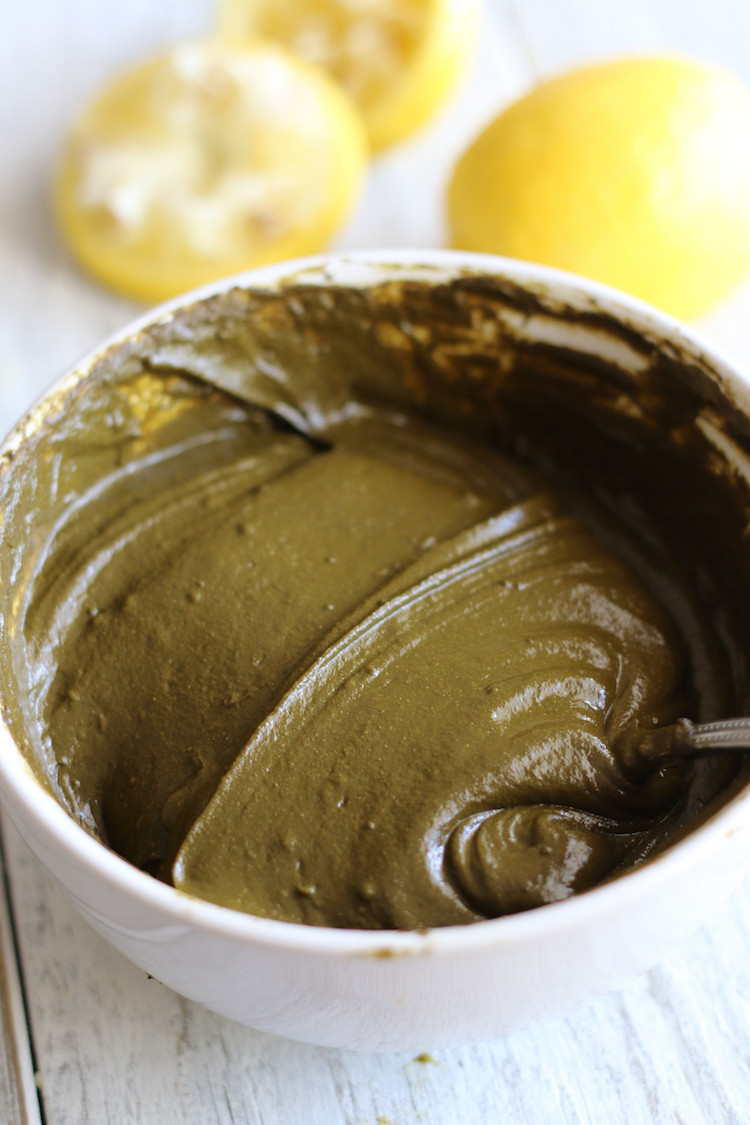 Alternative Methods to Remove Henna Tattoos
Alternative Methods to Remove Henna Tattoos
Discover effective methods for removing henna tattoos quickly, such as exfoliation and oil-based cleansers, allowing you to change your designs as often as you like.
31. What Are the Cultural Appropriation Considerations When Using Henna?
Respecting the cultural significance of henna is essential when incorporating it into your art.
- Education: Educate yourself about the history and cultural significance of henna.
- Respectful Use: Avoid using traditional designs out of context.
- Credit: Acknowledge the cultural origins of henna when sharing your work.
- Collaboration: Collaborate with artists from the cultures where henna originates.
32. How Can You Stay Updated on the Latest Henna Tattoo Trends and Techniques?
Staying current with the latest trends and techniques in henna art is crucial for growth and innovation.
- Online Communities: Join online forums and social media groups dedicated to henna art.
- Workshops and Seminars: Attend workshops and seminars led by experienced henna artists.
- Trade Shows: Visit trade shows and exhibitions related to body art and fashion.
- Magazines and Blogs: Subscribe to magazines and follow blogs that cover henna art.
33. What Are the Best Lighting Conditions for Applying Henna Tattoos?
Adequate lighting is essential for precise henna application.
- Natural Light: Natural light is ideal for seeing the true colors and details.
- Adjustable Lamps: Use adjustable lamps to direct light where you need it.
- Avoid Shadows: Position your light sources to minimize shadows.
- Magnifying Lamps: Consider using a magnifying lamp for intricate designs.
34. How Do You Prepare a Lemon-Sugar Sealant for Henna Tattoos?
A lemon-sugar sealant helps keep the henna paste moist and enhances dye release.
- Ingredients: Mix equal parts lemon juice and sugar.
- Application: Gently dab the sealant over the henna paste using a cotton ball.
- Frequency: Reapply the sealant every 30-60 minutes to keep the paste moist.
35. What Are Some Simple Henna Designs for Beginners?
Starting with simple designs can help beginners build confidence and skill.
- Dots and Lines: Create simple patterns using dots and lines.
- Flowers: Draw basic floral motifs like daisies and sunflowers.
- Geometric Shapes: Use simple geometric shapes like triangles and squares.
- Vines: Create flowing vine patterns with leaves.
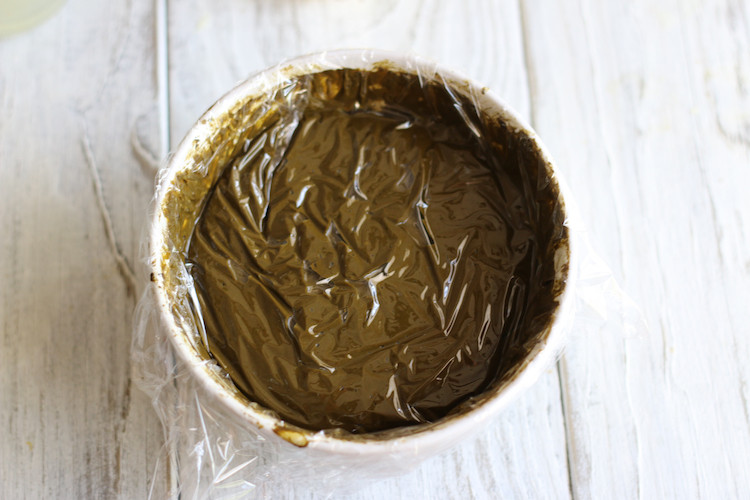 Simple Henna Designs for Beginners
Simple Henna Designs for Beginners
Beginners can practice simple designs like dots, lines, and basic floral motifs to develop their henna skills and create beautiful, easy-to-apply patterns.
36. How Do You Customize Henna Tattoo Designs for Different Skin Tones?
Customizing henna designs for different skin tones ensures the best visual impact.
- Darker Skin: Use bolder designs and thicker lines for better visibility.
- Lighter Skin: Opt for more delicate and intricate designs.
- Color Variations: Experiment with different shades of henna for subtle variations.
37. How Can You Make Henna Tattoos Last Longer?
Extending the life of your henna tattoo involves several key steps.
- Proper Preparation: Clean and exfoliate the skin before application.
- Prolonged Contact: Leave the henna paste on for an extended period.
- Aftercare: Protect the stain from water and moisturize with natural oils.
- Avoid Harsh Soaps: Use gentle, oil-based cleansers.
38. How Do You Deal With Henna Stains on Clothing and Surfaces?
Dealing with henna stains on clothing and surfaces requires prompt action.
- Clothing: Rinse the stained area with cold water and apply a stain remover.
- Surfaces: Wipe the stain with a damp cloth and use a mild cleaning solution.
- Prevention: Protect clothing and surfaces with towels or plastic sheets.
39. What Are Some Creative Uses for Henna Beyond Skin Tattoos?
Henna can be used for various creative projects beyond skin tattoos.
- Hair Dye: Natural henna is a safe and effective hair dye.
- Textile Dye: Henna can be used to dye fabrics and textiles.
- Wood Stain: Henna can create a natural stain for wood surfaces.
- Paper Art: Henna can be used for creating intricate paper art designs.
40. What Are Some Ethical Considerations for Sourcing Henna?
Ethical sourcing of henna ensures fair labor practices and environmental sustainability.
- Fair Trade: Choose henna from fair trade suppliers.
- Sustainable Practices: Support suppliers who use sustainable farming practices.
- Transparency: Inquire about the sourcing and production of the henna.
- Environmental Impact: Consider the environmental impact of henna farming and processing.
With these tips and insights, you’re well-equipped to create stunning henna tattoos that reflect your personal style and celebrate this beautiful art form. Visit tattooat.com for more inspiration, artist connections, and expert advice on all things tattooing.
Ready to explore the world of henna tattoos? Discover endless design inspiration, connect with talented artists, and access in-depth guides at tattooat.com. Start your henna journey today and express your unique style with confidence!